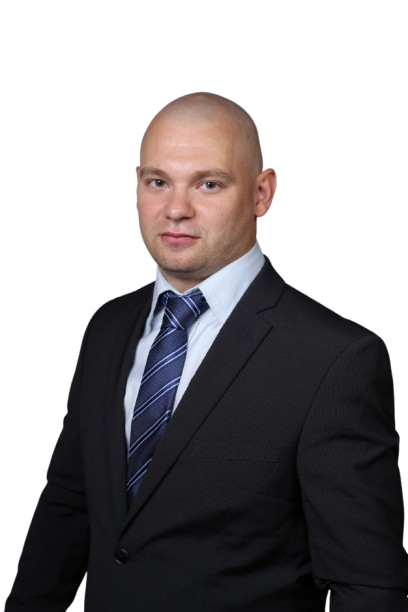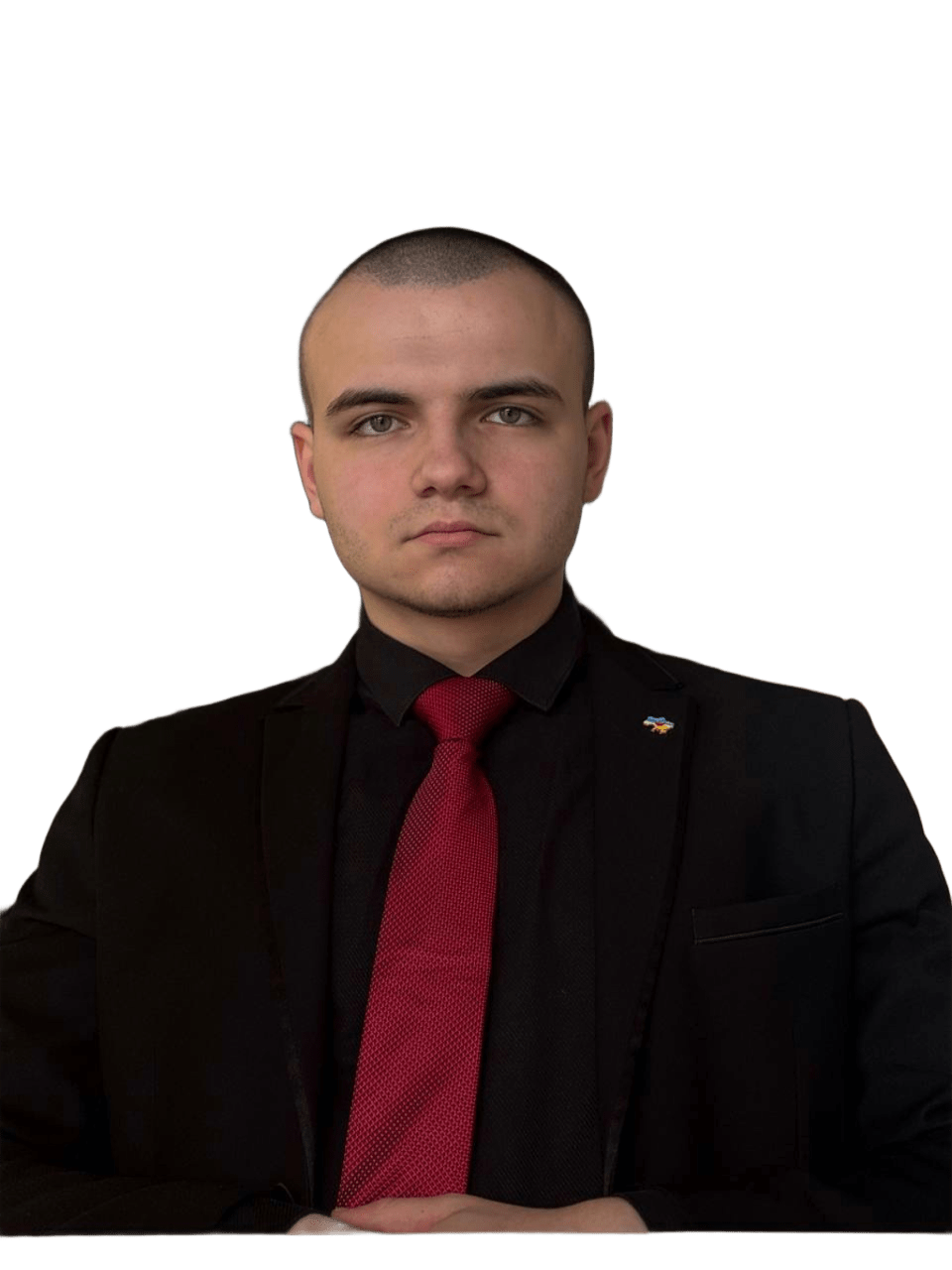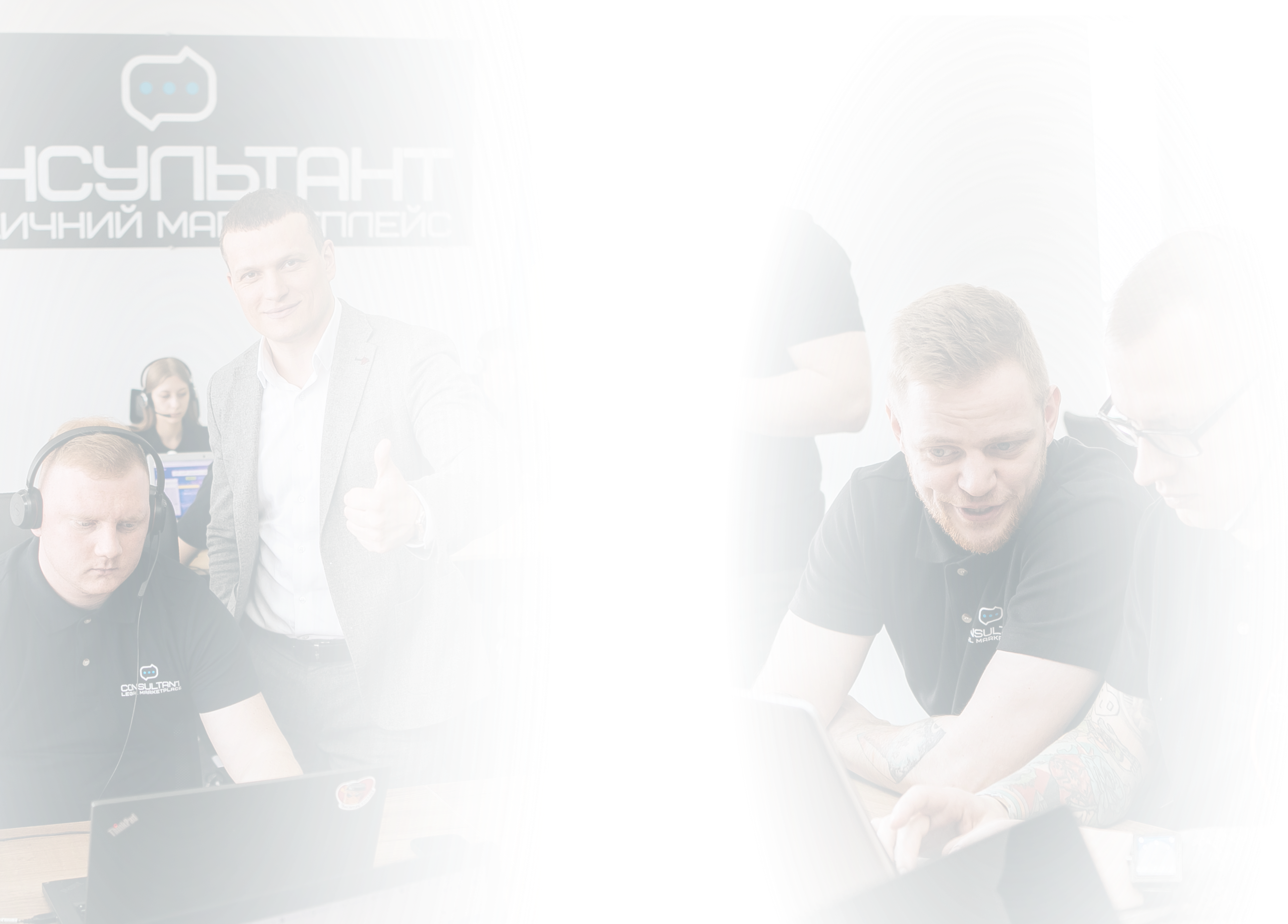Patenting of inventions and utility models
Patenting of inventions and utility models is an important aspect of intellectual property protection. This allows inventors and companies to protect their technical solutions by obtaining the exclusive right to use them. For successful patenting, the consultation of a lawyer is necessary, who will help to understand all the intricacies of this process and ensure that the submitted applications comply with legal requirements.
Differences between inventions and utility models
Inventions
An invention is a technical solution that must be new, inventive (ie non-obvious) and industrially applicable. A patent for an invention gives its owner the exclusive right to use the invention for a certain period of time, usually 20 years from the date of application.
Useful models
A utility model is a simpler technical solution that must also be novel and industrially applicable, but the inventive step requirement is not as strict as for inventions. A utility model patent is usually granted for a shorter term, usually up to 10 years.
Patenting process
The patenting process consists of several stages:
- Preparation of the application: Includes a description of the invention or utility model, claims and drawings, if necessary. Consultation of a lawyer at this stage will help to draw up documents correctly and avoid mistakes.
- Filing an application to a patent office: The application is submitted to a national or international patent office for further consideration.
- Examination: The patent office conducts an examination on the conformity of the invention with the criteria of novelty, inventive step and industrial applicability.
- Issuance of a patent: If the examination is successfully passed, the applicant receives a patent confirming his rights to the invention or utility model.
Legal analysis of the situation
Before filing an application, it is important to conduct a legal analysis of the situation to determine patentability and assess the chances of success. This includes analyzing the patent landscape, checking for novelty and assessing possible obstacles. A legal opinion will help determine whether to file an application and what steps should be taken to increase the chances of obtaining a patent.
Lawyer's help online
The help of a lawyer online can be especially useful at the stages of preparation and submission of an application, as well as when conducting paperwork with the patent office. An online lawyer can quickly provide advice, help with the preparation of documents and respond to requests from the patent office, which will ensure the timeliness and correctness of all necessary actions.
Protection of patent rights
Obtaining a patent is only the first step in protecting intellectual property. It is important to ensure proper protection of patent rights, which includes monitoring the market for violations and taking measures in case of their detection. Consulting with a lawyer will help you develop a strategy for protecting patent rights, including preparing claims, negotiations and litigation if necessary.
Conclusion
Patenting of inventions and utility models is a complex process that requires careful preparation and professional legal support. Consultation of a lawyer, legal analysis of the situation, legal opinion and assistance of a lawyer online are necessary elements for successful patenting and protection of intellectual property.
Thanks to professional legal support, inventors and companies can be sure of the protection of their technical solutions, which contributes to the development of innovations and strengthening of competitive positions in the market. Patenting provides not only legal protection, but also the possibility of commercialization of inventions and useful models, which is an important factor in economic growth and technological progress

































